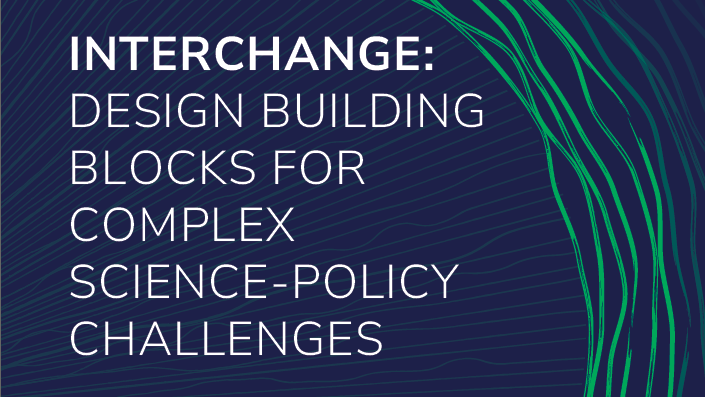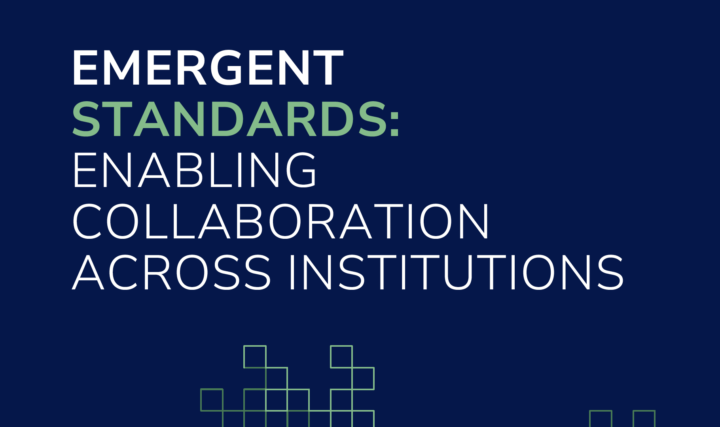We shape our institutions and then they shape us.
But today, public institutions are trying to solve 21st-century problems with 20th-century tools and through 19th-century structures. Let’s build the institutions we need.
Our projects explore new institutional forms for today’s urgent challenges:
Climate risk & tipping elements governance
Developing new institutional architectures to represent, recognize, and respond to climate tipping points such as the Amazon and AMOC, supported by the Rockefeller Foundation. Read more →
Supporting cities with next-generation institutions
Helping cities build capacity for institutional design, codify best practices, and create peer learning to respond to demographic, environmental, and technological pressures.
Institutional innovation for demographic change
With Sitra and Finnish partners, using institutional design to address demographic transitions, ageing, and population policy challenges through reports, workshops, and advisory. Read more →
Transforming employment in the age of AI
Partnering with GIZ and ILO to align education, industry, and government, creating adaptive institutions to anticipate labor market shifts and support youth, job seekers, and policymakers with AI-powered foresight tools.
Designing the institutions we now need

From running schools to managing disasters or heat waves, we depend on institutions to solve problems, meet people’s needs, and care for our earth systems. Today, global challenges like biodiversity loss, climate change, democratic integrity, demographic transitions, and AI-induced unemployment demand new institutional responses.



The Latest
White Paper #004: Interchange: Design building blocks for complex science-policy challenges
Project update: Building institutional architecture for governing climate tipping points
TIAL’s “Tipping Element Interchange” project focuses on developing new institutional architectures capable of recognising and…
Reimagining public institutions: reflections from Istanbul, Berlin, and Brasília
TIAL’s purpose is to highlight the role of institutions, and their underlying architecture, in creating…







